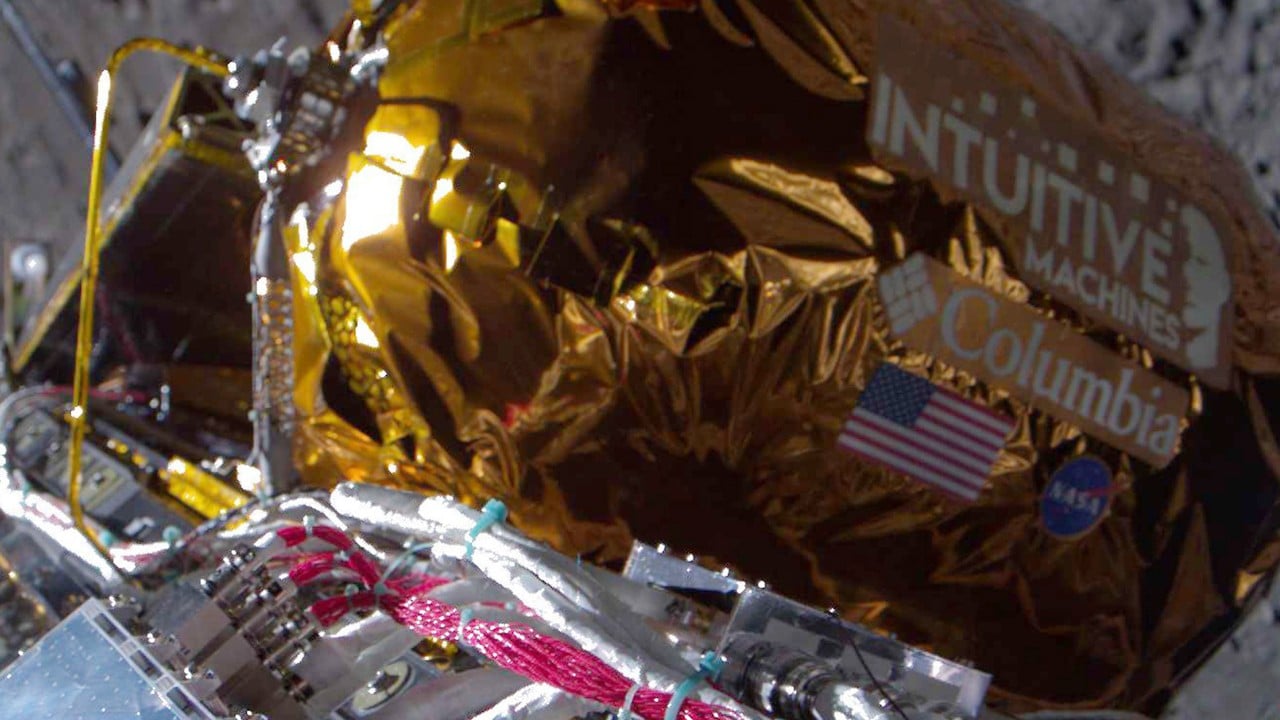Skynet 2.0: China plans to bring largest surveillance camera network on Earth to the moon to protect lunar assets
- Chinese aerospace agencies outline how 600 million-camera Skynet inspires system to watch lunar assets and track foreign visitors to the moon
- Paper says that if ‘abnormalities’ are detected the system will send alarm signals and ‘initiate appropriate response measures’

Agencies behind the project say the lessons of Skynet will inform how they build and operate the optical surveillance system for China’s lunar research station.
Skynet, or Tianwang, is the world’s largest video surveillance network, with more than 600 million cameras, averaging one camera for every two adult Chinese citizens and covering virtually every nook and cranny of the country.
“The construction and operation of the optical surveillance system for the (International) Lunar Research Station can draw on the successful experience … of China’s Skynet project,” the Lunar Exploration and Space Engineering Centre of the China National Space Administration (CNSA) said in a paper published in the Chinese academic journal Acta Optica Sinica on February 22.
The co-authoring organisations – which also include the Chinese Academy of Sciences, the China Aerospace Science and Technology Corporation and Zhejiang University – are the main agencies that manage and execute China’s lunar programme and play a major role in setting technical standards.
China’s lunar version of Skynet will comprise a large number of high-performance security cameras operating in visible light or infrared zones.
These cameras, mostly weighing just 100 grams (3½ oz) each, will be equipped with AI-driven chips “capable of identifying, locating, tracking and aiming at suspicious targets independently”, according to the paper.
